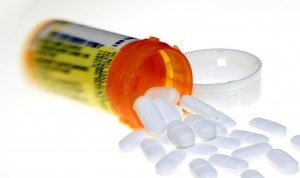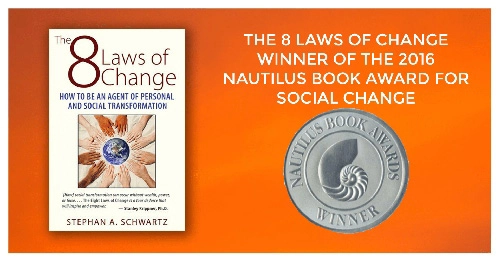Thursday, April 16th, 2015
Stephan: A reader who used to live in Brazil sent this to me. As you read this please bear in mind that the writer is an upper middle class person in the 4th largest city in the world. What he is describing is not what happens to a poor person, but to a family firmly in the middle class when climate change, corruption, and poor social policies combine to produce a water disaster. This could be Los Angeles, or Birmingham or Miami 10 years from now.

Sao Paulo is the 4th largest city in the world, with a population of 20 million people.
Credit: cbc.ca
I am writing by candle light. The aching in my hand and the irregular handwriting reminds me that it’s been a long time since I wrote on paper and not a keyboard. The power cut has already lasted more than eight hours and I fear that the combination of events and outcome of what we are going through might be a foreshadowing of what’s soon to come around the world.
It started with an irony, that may well be the perfect metaphor: the largest city in a country that holds 20 percent of Earth’s fresh water supply ends up without any. A combination of climate change, years of deforestation, privatization and a badly managed and corrupt political system have come together in a perfect storm to throw my city into one of its darkest crises ever. We now face a reality of four days without water and two […]
1 Comment
Wednesday, April 15th, 2015
LINDA A. JOHNSON , Business Writer - The Associated Press
Stephan: Here is the latest report on Americans' astonishing usage of pharmaceuticals. It is not a simple calculus. For instance, what does it say about the particular profile of diseases these drugs are made to deal with? And particularly note the role of increased prices.

Credit: jedmorey.com
TRENTON, N.J. — U.S. spending on prescription drugs soared last year, driven up primarily by costly breakthrough medicines, manufacturer price hikes and a surge from millions of people newly insured due to the Affordable Care Act.
Spending rose 13 percent, the biggest jump since 2001, to a total of $374 billion, according to a report released Tuesday by the IMS Institute for Healthcare Informatics. After accounting for population growth and inflation, the increase equaled 10 percent.
A record 4.3 billion prescriptions were filled in 2014, many of them for inexpensive generic pills going to patients now insured through Medicaid in states that expanded eligibility for the government health program for the poor and disabled. The number of prescriptions covered by Medicaid rose by nearly 17 percent, and that increase accounted for 70 percent of growth in the number of prescriptions filled at retail pharmacies. Another sign of the Affordable Care Ac’s impact was that prescriptions paid for in cash, normally filled by uninsured people, declined 5.5 percent.
Read the Full Article














